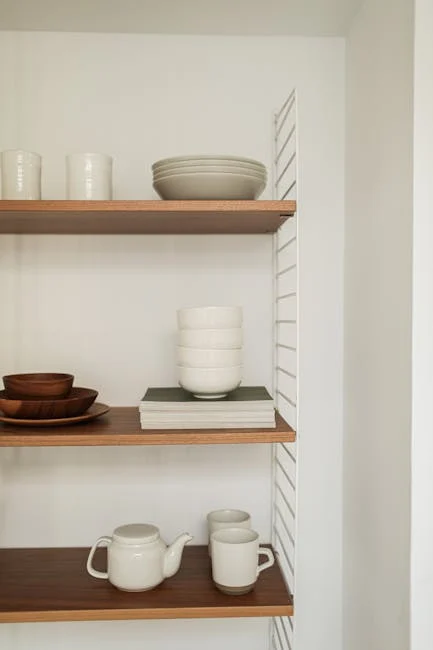The Scandinavian Influence on Modern Minimalist Interiors and How to Make It Yours
Introduction
Scandinavian design, often referred to as “Scandi” or “Nordic” design, has profoundly influenced modern minimalist interiors worldwide. Its emphasis on functionality, simplicity, and a connection to nature creates spaces that are both beautiful and livable. This article explores the key elements of Scandinavian design and provides practical tips on how to incorporate this timeless aesthetic into your own home.
Key Elements of Scandinavian Design
Functionality and Simplicity
At the heart of Scandinavian design is a commitment to functionality. Every piece of furniture and every design choice serves a purpose. Clutter is minimized, and clean lines are prioritized.
- Embrace multi-functional furniture.
- Opt for storage solutions that conceal clutter.
- Choose items that are both aesthetically pleasing and practical.
Light and Bright Spaces
Due to long, dark winters, Scandinavian design maximizes natural light. Light colors, large windows, and reflective surfaces are essential.
- Paint walls in shades of white, cream, or light gray.
- Use large mirrors to amplify light.
- Choose sheer curtains or blinds to allow maximum sunlight.
- Incorporate plenty of artificial light sources, such as lamps and candles, for the evening.
Natural Materials
A strong connection to nature is central to the Scandinavian ethos. This translates into the use of natural materials like wood, wool, linen, and leather.
- Incorporate wood flooring, furniture, and accents.
- Use natural textiles for upholstery, rugs, and bedding.
- Bring the outdoors in with houseplants.
Neutral Color Palette with Pops of Color
The Scandinavian color palette is typically neutral, providing a calming and serene atmosphere. However, carefully selected pops of color add visual interest and personality.
- Stick to a base palette of white, gray, beige, and black.
- Introduce pops of color with textiles, art, or accessories. Consider blues, greens, yellows, and reds.
- Avoid overwhelming the space with too many colors.
Hygge: Creating a Cozy Atmosphere
Hygge (pronounced “hoo-gah”) is a Danish concept that embodies coziness, comfort, and well-being. It’s about creating a warm and inviting atmosphere.
- Layer textures with throws, cushions, and rugs.
- Use candles to create a soft, warm glow.
- Create a comfortable reading nook with a cozy chair and a blanket.
- Enjoy simple pleasures, like a cup of tea or a good book.
How to Make Scandinavian Design Yours
Start Small and Focus on One Room
Overhauling your entire home at once can be overwhelming. Start by focusing on one room, such as the living room or bedroom.
Declutter and Simplify
Before you start decorating, declutter your space. Get rid of anything you don’t need or love. This will create a clean and uncluttered canvas for your Scandinavian design.
Invest in Quality Pieces
Choose high-quality furniture and accessories that will last. Scandinavian design is about longevity and sustainability.
Incorporate Personal Touches
While Scandinavian design is about simplicity, it should also reflect your personal style. Add personal touches, such as family photos, artwork, or souvenirs.
Don’t Be Afraid to Experiment
Scandinavian design is a guideline, not a rulebook. Don’t be afraid to experiment and find what works best for you.
Conclusion
Scandinavian design offers a timeless and elegant approach to interior design, emphasizing functionality, simplicity, and a connection to nature. By incorporating the key elements discussed in this article, you can create a beautiful, comfortable, and inviting home that reflects the Scandinavian aesthetic and enhances your well-being.














Post Comment